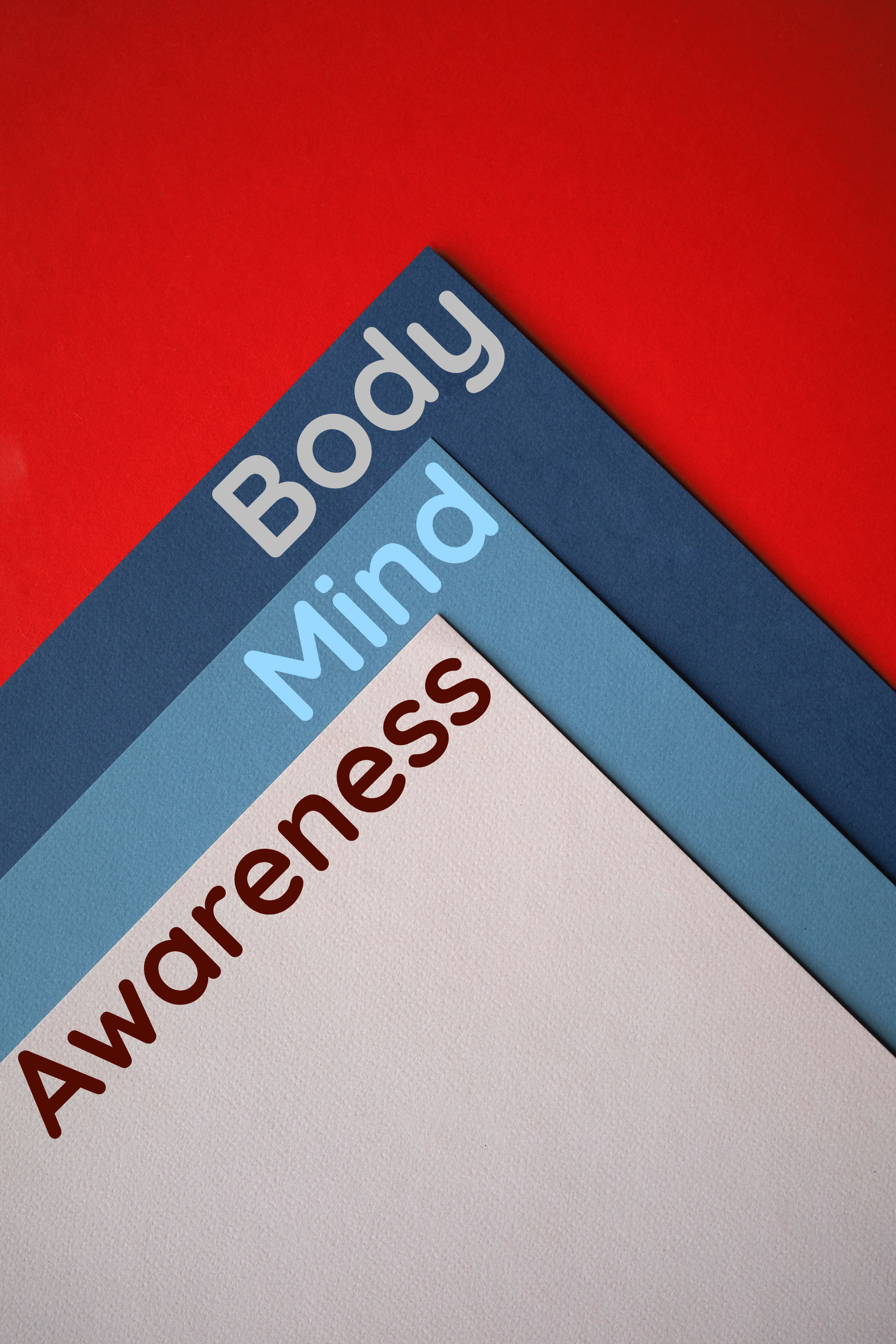How to realize the underutilized potential of the mind and the body. Awareness bridges the gap between what we are and our capability.
There are three essential components to our being. One is the physical body, the second is the mind, and the third is the faculty of awareness, which stands apart from the body and the mind. The essence of awareness is the ability to observe. We can consciously observe the mind's interior and the body's exterior. When we observe consciously, it immediately creates a separation. To realize the underutilized potential of the mind and the body, a demarcation between the mind, body, and the faculty of awareness are essential. Awareness helps bridge the gap between what we are at this moment and our true capability.
As we create a separation between ourselves and the mind, thoughts, and functions of the body, we get closer to the deeper place from where awareness arises. To become established in a state of constant observation takes effort, patience, and persistence. More it is practiced, the easier it is, and eventually, it becomes effortless.
Ego - The false center of perception
When the grip on conscious observation or awareness slips, we slide into the mind, which then takes over the work of observing through thoughts and the senses. The mind needs a fixed center to which thoughts and experiences can associate. The ego serves the role of the fixed center in the mind, and it mimics the power to observe consciously. We don't have to expend effort when the ego takes over the perception of the world. However, unlike deeper awareness, which is non-selective, the ego is highly selective in its perception. Thoughts wrap around the ego, and there is a magnetic attraction between them. The ego cannot remain when we are thoughtless. The ego sustains thoughts, and in turn, thoughts support the existence of the ego.
"I am" - The core of the ego
Even when all thoughts seem to disappear, the notion of "I am" remains, and that "I am" is the very core of the ego. This core contains the entire blueprint of the mind. We may whittle down our thoughts, memories to virtually nothing through various techniques, trying to remain in the present, etc., but the seed of "I am" can recreate in a flash the entire mind and all its complexities. This is what happens every morning when we wake up. For a moment we are thoughtless, then "I am," or the ego appears, following which the mind is put back as it was before entering sleep.
The 'magnetic field' holding thoughts and the ego together
Since the ego depends on thoughts for its existence, it creates a 'magnetic field' in the conscious mind through the polarity of our likes and dislikes, which keeps thoughts glued together around the ego. Some thoughts gravitate towards the 'positive pole' which aligns with our likes and desires, and others thoughts drift toward the negative pole' which conforms to our dislikes. It is challenging to separate awareness from the 'magnetism' in the mind which keeps thoughts and the ego tied to one another.
When we are asleep, although there is no perception of thoughts, the 'magnetic field' keeping thoughts and the ego together remains. It is dormant. When we are awake, we strengthen this field by accumulating thoughts we either like or dislike.
The first step towards unraveling and disrupting the 'magnetic field' of attraction between thoughts and ego is to recognize that there is a false center of perception in the mind, which is distinct from pure awareness.
Whatever we do in our lives is tied to the "I am." This prefix gives away the location of the false center of perception. "I am" implies both doing and observing rolled into one. Doing takes us closer to the ego, and observing brings us closer to awareness. To create a separation between the false center or perception and deeper awareness, we would have to split 'doing' and 'seeing' or observing.
Tilting the balance from ego to awareness
Any action we perform, words we utter, thoughts we interact with are outward directed. Passive receptivity is inward directed. Doing is 'outward and active,' seeing and observing is 'inward and passive.'
In the false center of the ego, 'doing and seeing' collapse into one. When we go deeper, through awareness, there is only seeing and observing and no doing. The more we fix our attention on silently watching, we tilt the balance towards awareness.
Since the body and the mind are always with us, we can make the body and the mind the object of observation and hence build the power of awareness. It is straightforward to observe the exterior of the body. Simply standing in front of a full-length mirror will suffice. We don't need any specific technique or sustained practice in concentration to look into a mirror. Thoughts are subtle, and observing them requires more effort.
Following one thought with concentration can be extremely challenging. It is like a mosquito flying around the room. When it flies directly under the light, it may become more visible only to disappear when it flies into dark shadows. Just because we don't visualize that mosquito, it does not mean it has disappeared. It may have only left our field of perception, or our attention was not intense enough. Similarly, if we follow a thought on the screen of the conscious mind, it is not static. It is in a continual movement, just like a mosquito. The perception of the conscious mind through observation is the 'light' which brings its constituent thoughts into view. When thoughts move out of our field of perception, they don't disappear for good. That energy remains out of reach of our perceptive ability.
When the majority of our energy of perception is on seeing and observing, we begin to see the ego in action. It is important not to let go of this perception. Without our active participation, the interactive field between the ego and thoughts will slowly start to weaken.
When we close all the doors and windows in a room with mosquitoes, they cannot escape. If there is no source of nourishment, they eventually die. Similarly, when we are holding onto awareness through silent observation of the ego, we are cutting off one source of its sustenance, which is the energy of awareness. The other source of nourishment for the ego is the senses which continually bring in information to the mind.
If we can interrupt the flow of sensory information, not through forceful means, but by gently closing our eyes, being in a quiet environment with no distractions, we can trap the ego with a pincer grasp. The ego suffocates when it is trapped between awareness on one side and the closed doors of the senses on the other side.
Paradoxically, the deeper we go within our being through awareness, the greater is the clarity with which we see the world around us. That clarity comes through the removal of the lens of the ego and thoughts. They can cloud our perception through preconceived notions, desires which tilt our attention towards particular thoughts.
When the three essential components of our being, body, mind, and awareness are well delineated, then the body and the mind become like the two arms of the faculty of awareness. Just as our two arms are always at our side, resting when not being used, but working in concert with one another when we need them, the body and the mind will be under the watch of awareness. Although one hand, right or left may have more dexterity, we cannot say which arm is more important. Similarly, the mind and the body have their strengths and weaknesses.
With awareness in the middle and in charge, it becomes easier to harness the strengths of the mind and the body while compensating for their shortcomings. We can readily achieve success in life when the three, awareness, the body, and the mind are in a harmonious partnership.







